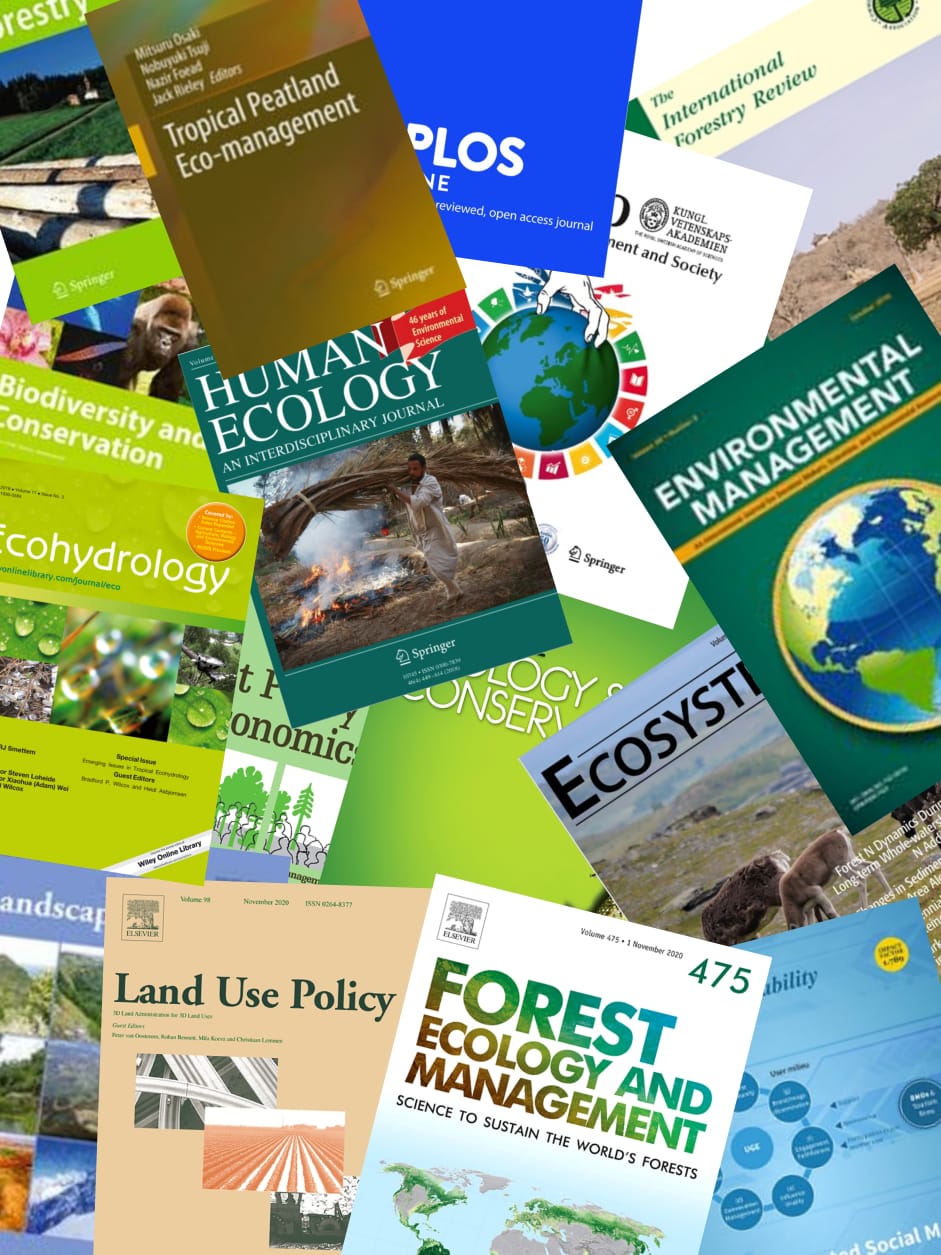In sub-Saharan Africa, the management of buffer zones around protected areas does not often take into serious account the needs of resource exploitation by the local populations or the conservation needs of these areas. We described the ecological characteristics and management issues affecting the buffer zone around the Fazao-Malfakassa National Park; a 192,000-ha protected area in central-western Togo of utmost conservation importance within the Dahomey Gap region. Within the buffer zone (10 km radius, 334,800 ha), we focussed on four high conservation value areas totalling 65,594 ha (20% of the total buffer zone area). Using 2015 sentinel-2 images we analyzed land cover patterns and described existing ecological zones. We complemented these with field surveys and interviews with 300 people living in 22 villages within the buffer zone to describe the conditions affecting the resident human population. Although over 60% of the total buffer zone area is degraded, we identified four areas of high conservation value (total area = 65,594 ha). Interviewees recognized that slash-and-burn was the most common form of land use, followed by agroforestry practices. Agriculture, charcoal, and firewood production were the main drivers affecting habitats, and land conflicts were recurrent due to the rise in human population. The decline in agriculture, reported by interviewees in some sectors, was attributable to ravages of crops by elephants. Three independent diversity indices showed that, in preserved zones, a greater diversity of animals (with similar utilization frequencies) were hunted than in degraded sites (where grasscutters were the dominant hunted species). There were also significant differences between degraded and preserved zones in terms of plants used for charcoal production and for non-timber forest products. We advocate the development of community-controlled hunting areas to enhance the conservation value of the four well-preserved zones. Instead, promoting sustainable agricultural production systems in the degraded areas can help to further stabilize the agricultural front and reduce land pressure on the park.
View source
Keyword(s)
Environmental Studies, buffer zones management, human pressure, biodiversity, standardized questionnaires, Fazao-Malfakassa National Park, Togo, Elephants, Forest management, Protected areas, Agricultural practices, Agriculture, Human populations, Agricultural production, Conservation, Land use, Degradation, Forest products, Resource exploitation, Ecological monitoring, Timber, Diversity indices, Agroforestry, Livestock industry, Economic development, Villages, Conservation of resources, Crops, Management, National parks, Buffer zones, Exploitation, Hunting, Agricultural management, Land cover, Slash and burn, Resource conservation, Charcoal, Sustainable agriculture, Population decline, Plants

